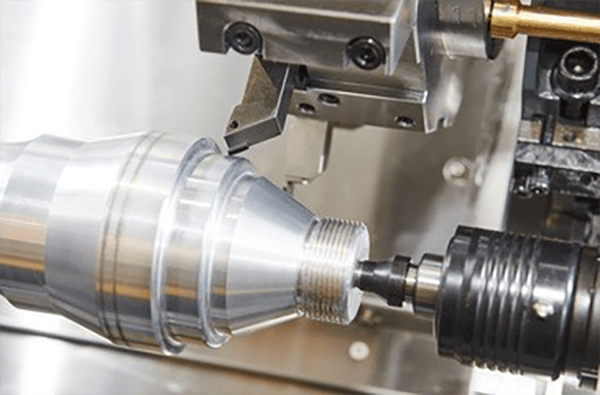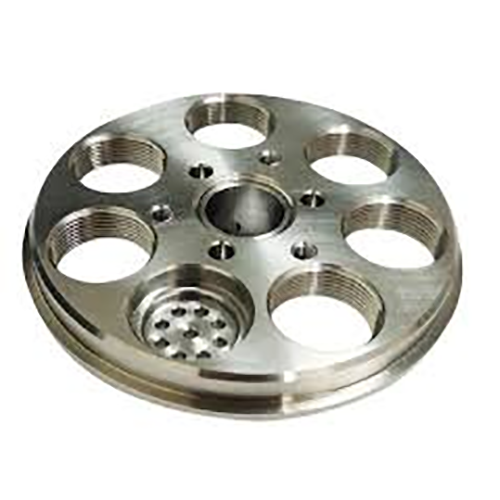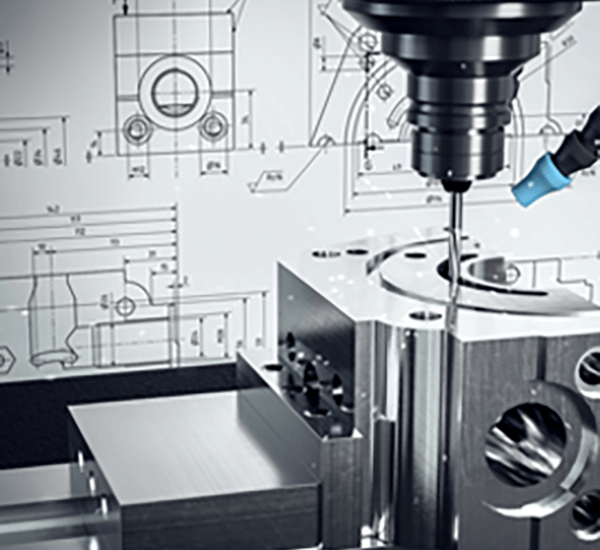
Attaining target exterior polish for a CNC part is critical.
- Engineering annotations specify detailed surface expectations for components
- Many specifications reference Ra, an average roughness metric, for surface measurement
- Knowing how to read finish callouts is critical for meeting performance goals
- Specified texture can change lubrication regimes, frictional forces, and endurance
- Understanding the notation correctly yields the desired surface result
CNC Machining — Precision Engineering Explained

CNC machining represents a game-changing method in production employing digital instructions the machinery forms elaborate parts with exactness.
- The technology facilitates production of complex parts across many materials
- Machine flexibility renders it suitable for medical device and electronics manufacturing
- CNC processes produce uniform parts with high repeatability over runs
From small prototypes to large-volume runs CNC machining performs a central function in today's manufacturing landscape
CNC Spec Interpretation
Parsing spec sheets may feel challenging at initial inspection
Though a little background plus organization helps you interpret technical details effectively
Set out by finding key metrics: spindle speed, feed settings, positional accuracy, work envelope, controller
Each characteristic modifies the machine’s effective performance.
As an example, increased spindle rpm favors soft alloys and higher feed favors throughput.
Comprehending those interactions assists in picking the proper CNC for tasks
Don’t forget to review maker-supplied manuals carefully.
Producer documentation frequently delivers important notes and clarifies terminology
CNC Machines Explained: A Full Guide
Automated CNC platforms are computer-commanded systems for precision manufacturing of multiple materials They operate by interpreting digital instructions called G-code to control cutting tools or other actuators.
- Several forms of CNC equipment are mills, lathes, routers, plasma cutters
- Machining operations fit metal, plastic, wood, and composite workpieces
- Besides that CNC systems permit speedy prototyping and short production runs for businesses and research groups
Computer Numerical Control Machines: An Overview
They demonstrate convergence of tight hardware tolerances and refined software control Flexible equipment harnesses software instructions to automatically fabricate basic components and intricate assemblies The basic principle involves transforming CAD models into real-world components.
- Automated machine operation
- Programmatic production integration
It uses accurate motion sequences commanded by the controller Operators play a crucial role in selecting the appropriate cutting parameters monitoring the operation and ensuring the quality of the final product.
Influence of Finish on CNC Operations
Obtaining required finish during machining is essential It modifies operational efficiency and cosmetic finish Workpiece material, tool settings, and secondary finishing processes determine texture.
Polished textures increase lifespan; rough finishes may lower effectiveness Numerical control machining supplies multiple methods and cutters to obtain target textures.
- Including selection of alternative tool profiles |tool materials|speed settings to obtain particular finish
- Supplementary finishing like polishing or abrasive grinding enhances surface
Seeing how process parameters map to surface output is key for optimal finishes.
CNC Basics — Operation and Uses
A precise fabrication technique, it applies computer-controlled machines to produce parts from assorted materials They follow G-code sequences to generate complex parts reliably Familiarity with programming, tooling, and machine operation is key to process success
Applications of CNC machining are incredibly diverse spanning numerous industries such as aerospace automotive manufacturing From intricate propeller parts to exacting mold inserts, CNC produces accurate geometries
Surface Finish Callouts for CNC Machined Parts
Right specification of finish is necessary for CNC-produced parts It secures that the final item meets both functionality and looks Finish specifications are often expressed via the Ra roughness standard Shown in micrometers or inches, the measurement denotes typical roughness magnitude.
Consider needed smoothness and the part’s application to determine finish requirements

In many cases fine finishes are necessary for accurate alignment and tight interfaces
Rugged finishes sometimes serve parts that need enhanced traction or grip
Insert concise surface notes in blueprints to articulate finish expectations Specify the Ra metric and note any secondary treatments or special machining steps.
Remember that effective surface finish callouts are key to achieving a successful manufacturing outcome
Kinds of CNC Machines and Their Strengths
CNC manufacturing hosts an extensive set of machines for assorted machining tasks They adopt CAD-to-CAM pipelines to steer cutting tools for precise part manufacture.
- Boring and drilling equipment generate accurate holes and internal features
- Grinders refine surfaces and achieve tight dimensional tolerances via abrasion
- Waterjet cutters use high-pressure abrasive streams to cut diverse materials without thermal effects
Machine selection is dictated by workpiece material, geometric complexity, and precision demands Every machine class brings specific strengths that serve sectors like aerospace and automotive.
Attaining Top-tier Surface Finish Through CNC
Obtaining fine surface quality is important and CNC technology delivers consistent control to attain it By combining feed optimization spindle settings and cutter geometry selection operators reduce patterning and improve finish Coupled with high-quality tools and correct fluid use, finish quality is elevated Well-chosen cutting tactics plus careful setup empower manufacture of parts with exceptional surfaces.
Realizing Finish through CNC Code
Mastering surface finish during CNC programming is crucial for achieving desired quality outcomes Feed selection spindle rpm and cutter geometry collectively determine texture outcomes Attentive parameter configuration alongside good coolant practice leads to superior surfaces.
- Also ongoing tool care and inspection support sustained finish reliability Furthermore regular tool maintenance and inspection are essential for ensuring a consistent and high-quality surface finish over time Plus regular inspection and maintenance of tools copyright what is cnc finishing standards
- To improve surface outcome account for material, roughness target, and application
- Path simulation offers insights to adjust cutting settings and reduce defects
- Also ongoing tool care and inspection support sustained finish reliability
